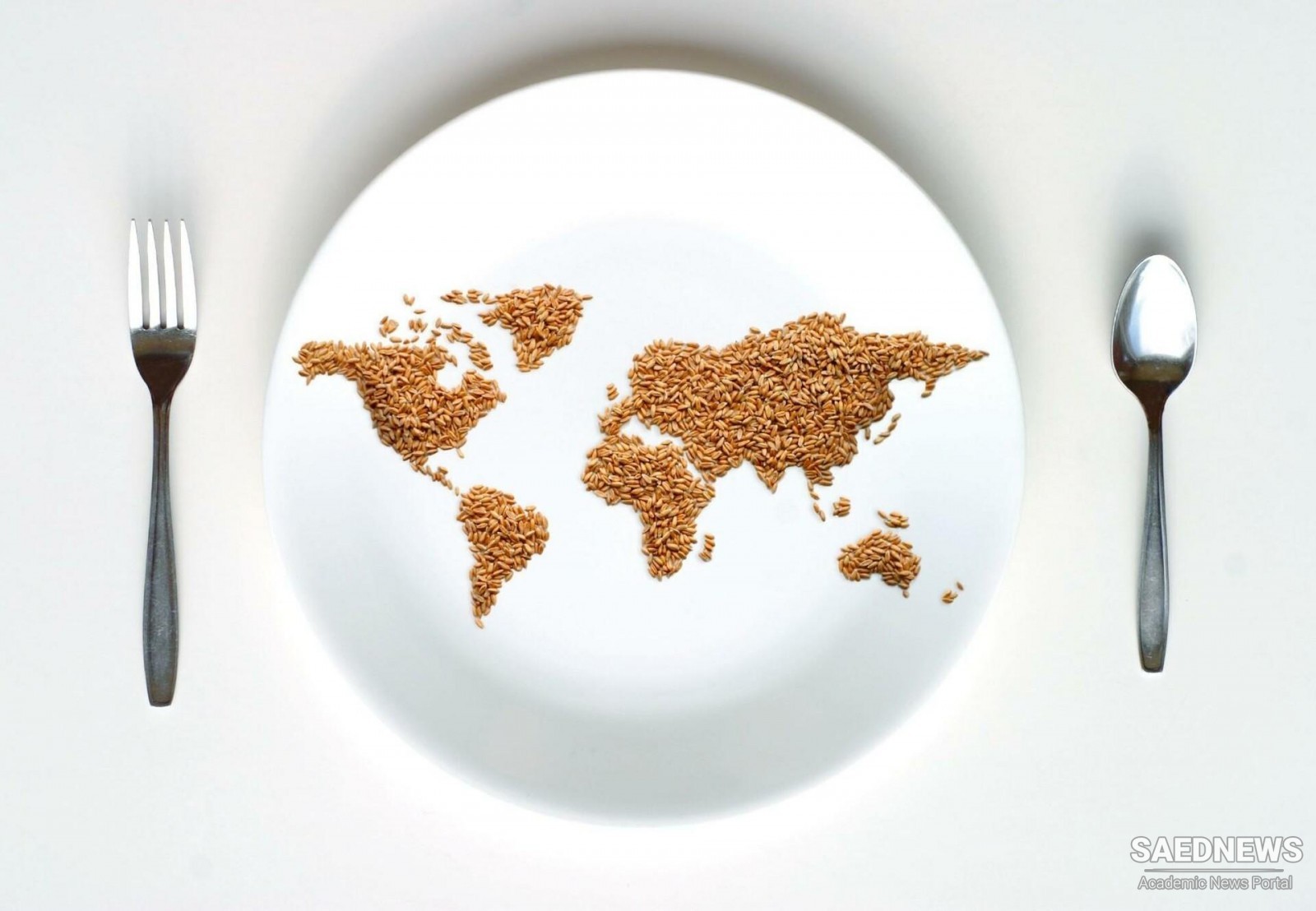The scale of the current global hunger and malnutrition crisis is enormous. WFP estimates – from 78 of the countries where it works (and where data is available) – that more than 333 million people are facing acute levels of food insecurity in 2023, and do not know where their next meal is coming from. This constitutes a staggering rise of almost 200 million people compared to pre-COVID-19 pandemic levels.
At least 129,000 people are expected to experience famine in Burkina Faso, Mali, Somalia and South Sudan. Furthermore, any fragile progress already made in reducing numbers risks being lost, due to funding gaps and resulting cuts in assistance. The global community must not fail on its promise to end hunger and malnutrition by 2030.
WFP is facing multiple challenges – the number of acutely hungry people continues to increase at a pace that funding is unlikely to match, while the cost of delivering food assistance is at an all-time high because food and fuel prices have increased.
Unmet needs heighten the risk of hunger and malnutrition. Unless the necessary resources are made available, lost lives and the reversal of hard-earned development gains will be the price to pay.
But why is the world hungrier than ever?
This seismic hunger crisis has been caused by a deadly combination of factors.
Conflict is still the biggest driver of hunger, with 70 percent of the world's hungry people living in areas afflicted by war and violence. Events in Ukraine are further proof of how conflict feeds hunger – forcing people out of their homes, wiping out their sources of income and wrecking countries’ economies.
The climate crisis is one of the leading causes of the steep rise in global hunger. Climate shocks destroy lives, crops and livelihoods, and undermine people’s ability to feed themselves. Hunger will spiral out of control if the world fails to take immediate climate action.
Global fertilizer prices have climbed even faster than food prices, which remain at a ten-year high themselves. The effects of the war in Ukraine, including higher natural gas prices, have further disrupted global fertilizer production and exports – reducing supplies, raising prices and threatening to reduce harvests. High fertilizer prices could turn the current food affordability crisis into a food availability crisis, with production of maize, rice, soybean and wheat all falling in 2022.
On top of increased operational costs, WFP is facing a major drop in funding in 2023 compared to the previous year, reflecting the new and more challenging financial landscape that the entire humanitarian sector is navigating. As a result, assistance levels are well below those of 2022. Almost half of WFP country operations have already been forced to cut the size and scope of food, cash and nutrition assistance by up to 50 percent.


 Chilaquiles
Chilaquiles














































